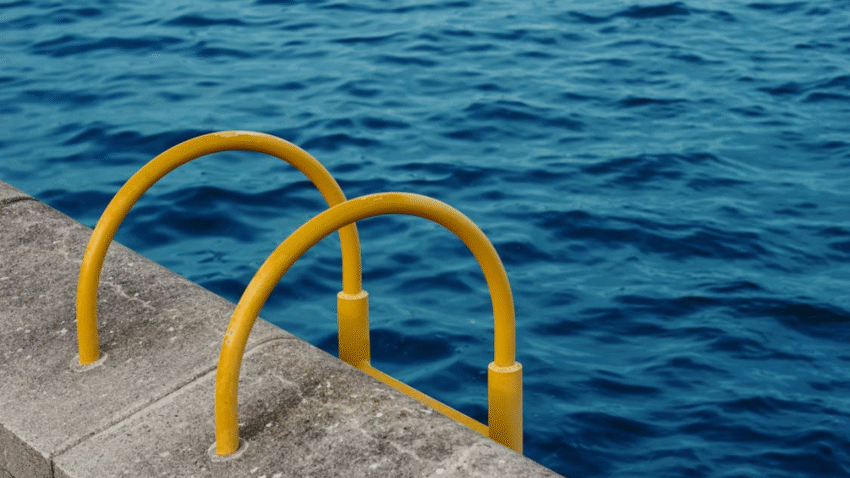Introduction
Curious about the benefits of borates in your pool? You’re not alone. More pool owners are discovering how borates can stabilize pH, reduce chlorine demand, and even make the water feel silkier. In this complete guide on how to use borates in your swimming pool, we’ll show you how to add borates correctly, maintain the proper levels, and enjoy all the advantages this powerful pool additive offers.
Why Borates Matter for Your Pool
Borates are multi-functional compounds that help keep your pool water balanced and comfortable. While they’re not a sanitizer like chlorine, they enhance water quality and reduce the strain on your chemical system.
Here’s why borates are beneficial:
- pH Buffering: Borates help maintain a stable pH level, reducing the need for constant adjustments.
- Algae Prevention: They inhibit algae growth, especially in warm climates.
- Chlorine Support: With borates, you may need less chlorine over time.
- Improved Water Clarity: They enhance sparkle and clarity by reducing micro-contaminants.
- Softer Water Feel: Borates give pool water a silky, luxurious texture.
Ideal borate levels range from 30–50 ppm for optimal benefits.
Step-by-Step Guide to Using Borates in Your Swimming Pool
Step 1: Test Your Current Borate Levels
Before adding anything to your pool, check whether you already have borates in the water. Use a borate test strip or a test kit designed specifically for borate levels.
- 0 ppm = You’ll need a full dose
- 10–20 ppm = Add enough to reach 50 ppm
- 50+ ppm = You’re already in the optimal range
💡 Tip: Test kits that measure in increments of 10 ppm offer more accurate results than general strips.
Step 2: Choose a Borate Product
There are several pool-safe borate compounds you can use:
- Borax (20 Mule Team) – Readily available in stores; needs acid balancing
- Sodium Tetraborate Pentahydrate – Commonly sold as a pool additive
- Borate Pool Buffers – Pre-mixed and pH balanced, easiest to use
⚠️ Caution: Never use agricultural or industrial borates not labeled for pool use — they may contain impurities.
Step 3: Calculate the Right Dose
The dosage depends on your pool’s volume and current borate level. To raise borates to 50 ppm, use:
- Borax: Add approximately 1.3 lbs per 1,000 gallons
- Borate buffers: Follow manufacturer’s instructions (usually less product is needed)
Example: For a 15,000-gallon pool, you’ll need about 19.5 lbs of borax to reach 50 ppm if starting from 0.
Step 4: Adjust Your pH Before Adding Borates
Borax raises pH significantly, so you’ll want to lower your pool’s pH to around 7.0–7.2 beforehand using muriatic acid or dry acid. This prevents the water from becoming too alkaline after adding borates.
If using pre-balanced borate products, this step may not be necessary — always check the label.
Step 5: Add the Borates
Now it’s time to add borates to your pool:
- Turn on your pump for full circulation.
- Slowly pour the borate product around the perimeter of the pool.
- Brush the pool floor to help dissolve any settled powder.
- Run the pump for at least 24 hours after addition.
If you used Borax, retest pH after a few hours and adjust if necessary.
Step 6: Retest and Adjust
After 24–48 hours, test borate levels again to confirm you’ve reached your target (30–50 ppm). If the level is still too low, add more product incrementally and continue testing until the desired level is achieved.
Also retest pH and alkalinity to make sure the overall chemistry is balanced.
Step 7: Maintain Borate Levels Long-Term
Unlike chlorine, borates don’t evaporate — they only leave the pool when water is lost due to splash-out, backwashing, or draining. To maintain proper levels:
- Test borates monthly
- Top up with borates after heavy water loss
- Maintain other chemicals within recommended ranges to keep the system in balance
💡 Tip: If you use a saltwater system, borates help reduce scaling and cell wear by stabilizing pH.
Common Mistakes to Avoid
- Skipping the pH Adjustment with Borax
Adding borax without lowering pH first can cause pH spikes, leading to scaling or cloudy water. - Overdosing Borates
Going over 50 ppm offers no extra benefit and may cause irritation for some swimmers. - Using the Wrong Borate Product
Not all borates are pool-safe. Always check that the product is intended for swimming pools. - Neglecting to Test Borate Levels
Without testing, you might underdose or overdose. Regular checks ensure optimal performance. - Assuming Borates Replace Chlorine
Borates support chlorine, but they are not sanitizers. Keep your sanitizer levels in range at all times.
Extra Tips & Pool Hacks
- Use Borates with Enzyme Products: They work well together to keep pool water crystal clear.
- Great for Vacation Pools: If you’re away often, borates help maintain stable water with minimal supervision.
- Add After Large Rainfall: Heavy rain can dilute borates, so retest after storms.
Need help with your chemical balance? Check out our guide on [how to test and balance pool chemicals].
Conclusion
Adding borates to your swimming pool is one of the smartest upgrades you can make. From stabilizing pH to reducing algae and chlorine demand, borates improve your water’s look, feel, and performance. Follow this step-by-step guide to dose correctly, avoid common mistakes, and maintain crystal-clear water with less hassle.
📌 Bookmark this guide and enjoy smoother, cleaner, borate-enhanced pool water all season long!
